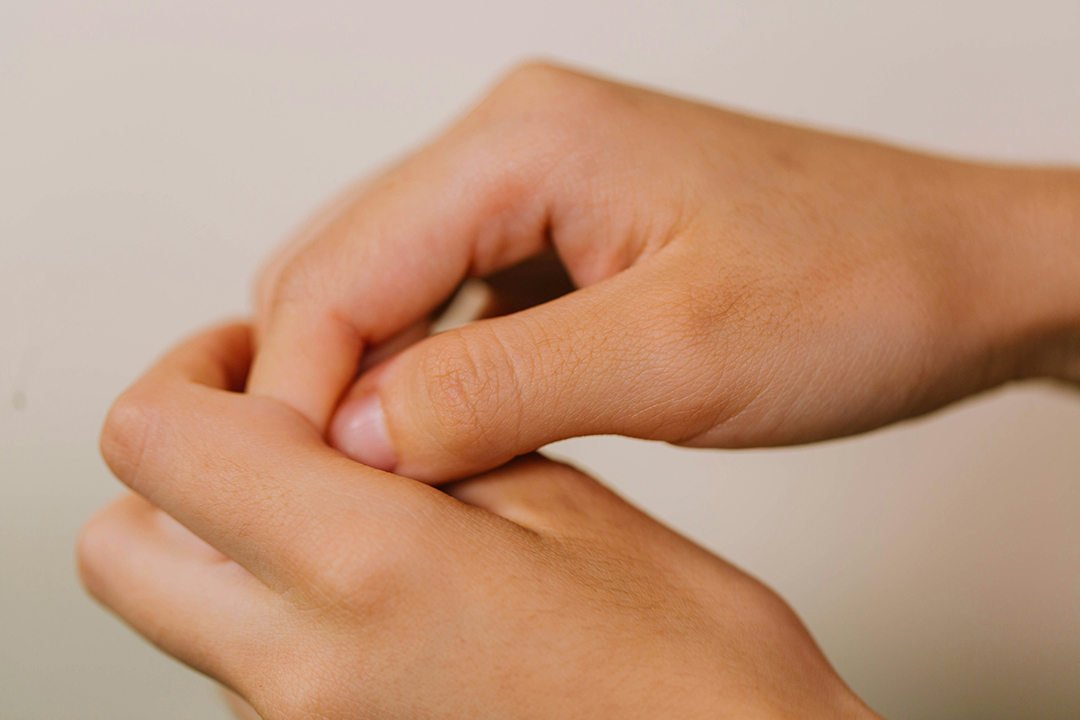It is caused by pressure on the median nerve, which runs from your forearm through a passageway in your wrist called the carpal tunnel. This nerve provides sensations to your thumb, index, middle fingers and part of the ring fingers on the palm side of your hand. It also moves the muscles at the base of your thumb.
If the carpal tunnel space becomes narrowed or if the median nerve becomes irritated you can develop carpal tunnel syndrome. A range of factors can cause the condition including:
- A wrist fracture or dislocation
- Arthritis, leading to a deformity in the small bones of the wrist
- A genetic predisposition to a narrow carpal tunnel
- Certain chronic illnesses, such as diabetes, which increase the risk of nerve damage and other conditions such as kidney failure and thyroid disorders
- Inflammatory conditions such as rheumatoid arthritis which can damage the lining of the tendons in the wrist
- Obesity
- Fluid retention, which may occur during pregnancy or menopause
- Repetitive or prolonged flexing of the wrist, for example due to working with vibrating tools


